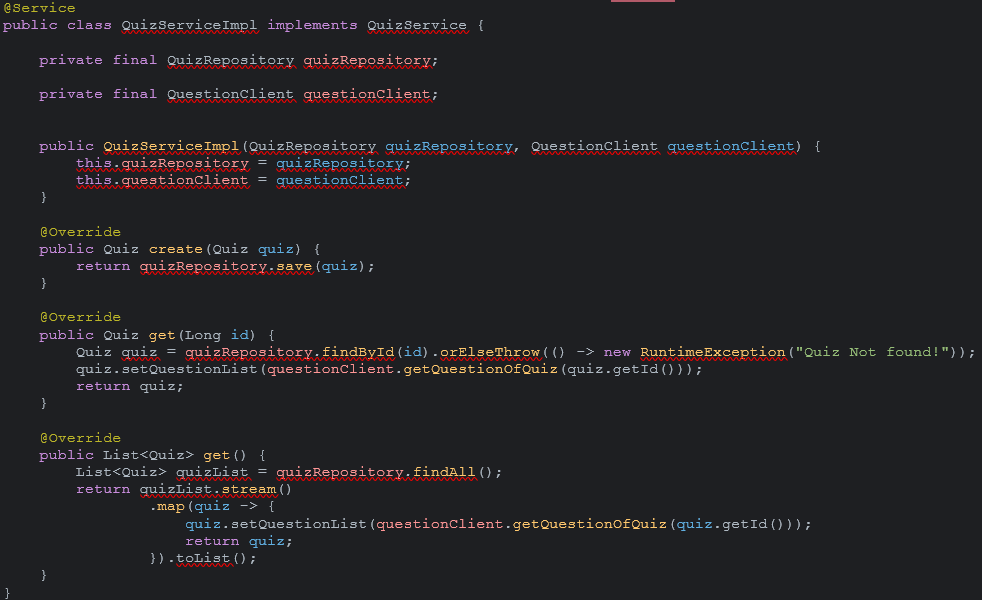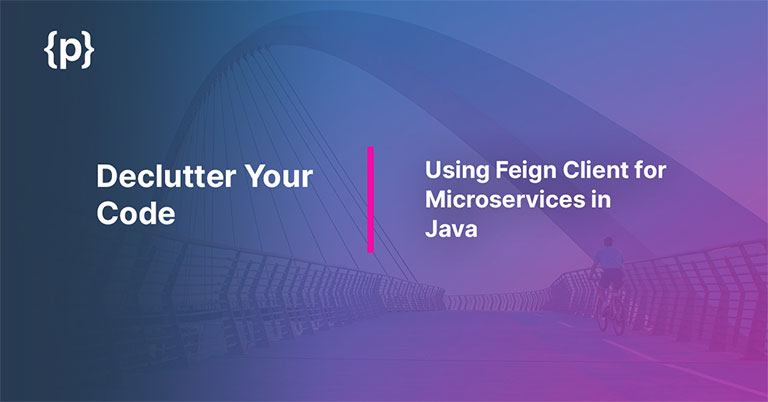Ever…,
Imagine a world where your microservices communicate effortlessly.
With Feign Client, this is not a dream—
It is your new reality.
Introduction
In recent years, microservice architecture has become increasingly popular because of its scalability and flexibility. The main challenge in this architecture is ensuring effective communication between services. This is where Feign Client comes into play, providing a declarative web service client that simplifies inter-service communication. Our blog post aims to explain how to set up and use Feign Client effectively in Java Microservices.
What is Feign Client?
The Feign client binder implements Retrofit, JAX-RS 2.0, and WebSocket-based Java to HTTP client binder. This API simplifies HTTP API clients by abstracting RESTful communication complexities and providing a declarative method of defining HTTP calls on the client side. By doing this, boilerplate code for HTTP requests and responses can be significantly reduced.
Benefits of Using Feign Client
1. Integration with Spring Boot:
Feign integrates seamlessly with Spring Boot, leveraging Spring’s features such as dependency injection and configuration properties.
2. Declarative Syntax:
Feign allows you to define API clients using interfaces and annotations, making the code cleaner and more readable.
3. Support for Load Balancing:
When used with Spring Cloud, Feign can be easily integrated with Ribbon for client-side load balancing.
Why Use Feign Client?
1. Declarative Syntax:
Feign uses declarative syntax to define REST clients. It reduces the amount of code required and improves readability.
2. Integration with Spring Cloud:
Spring Cloud integrates seamlessly with Feign, enabling easy service discovery, load balancing, and circuit breaker functionality.
3. Ease of Use:
Feign simplifies error handling, request/response logging, and HTTP client configuration.
4. Extensibility:
Feign allows the customization of HTTP clients, encoders, decoders, and error-handling strategies.
Setting Up Feign Client
To start using Feign Client, follow these steps:
1. Add Dependencies:
Include the necessary dependencies in your pom.xml if you are using Maven. Ensure that your project includes the Spring Boot and Spring Cloud dependencies.

2. Enable Feign Client:
Enable Feign Clients in your Spring Boot application by adding the @EnableFeignClients annotation to your main application class.

3. Define a Feign Client interface:
Create an interface that defines the HTTP endpoints you need to call. Then, use Feign annotations to specify the HTTP method and the endpoint’s path.

4. Use the Feign Client:
Inject the Feign client into your service and use it to make HTTP calls.

Conclusion
Feign Client is a powerful tool for simplifying HTTP communication in microservices. By providing a declarative way to define HTTP clients, it reduces boilerplate code and integrates seamlessly with Spring Boot and Spring Cloud. It does not matter if your application is small or large, Feign Client will make service-to-service communication more efficient and maintainable. Using Feign’s capabilities allows you to focus more on business logic and less on the details of HTTP communication, thus enhancing your development process. Start integrating Feign Client into your Java microservices today and experience the benefits of seamless inter-service communication.




